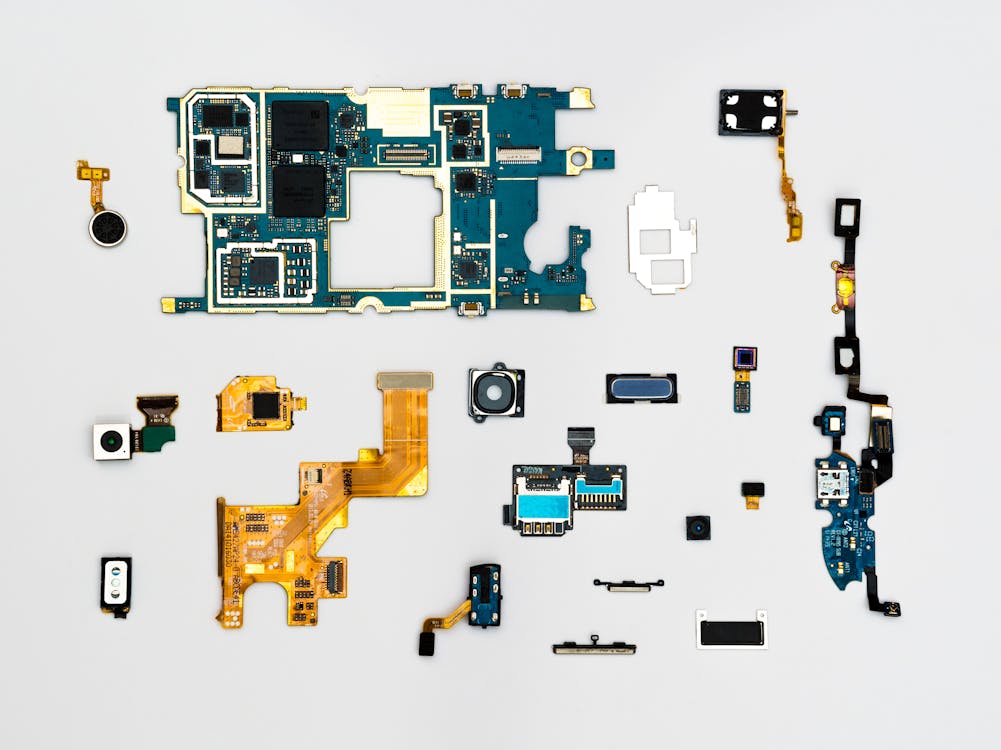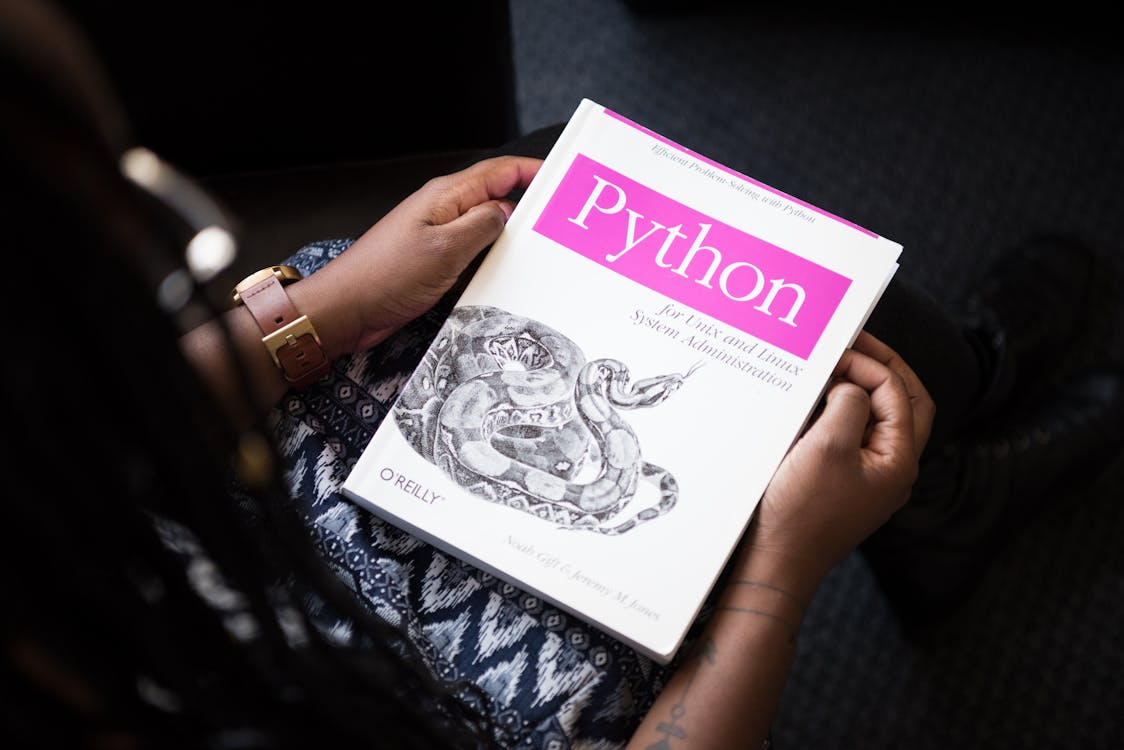The History Of Openai: How It All Began
Author: ChatGPT
February 25, 2023
Introduction
OpenAI is a non-profit artificial intelligence research company that was founded in December 2015 by tech entrepreneurs Elon Musk, Sam Altman, Greg Brockman, and Ilya Sutskever. The company's mission is to advance digital intelligence in the way that is most likely to benefit humanity as a whole. OpenAI has become one of the most influential AI research organizations in the world, and its work has been featured in publications such as The New York Times, Wired, and Forbes.
OpenAI was founded with the goal of developing artificial general intelligence (AGI) that could be used to solve real-world problems. AGI is a type of AI that can learn and adapt to new tasks without being explicitly programmed for them. OpenAI's founders believed that AGI could be used to create powerful tools for humanity, such as self-driving cars or robots that can perform complex tasks.
The company has since grown into an international organization with offices in San Francisco, London, New York City, and Tokyo. OpenAI employs over 200 people from around the world and has received funding from investors such as Microsoft, Amazon Web Services (AWS), Y Combinator, Peter Thiel’s Founders Fund, and Khosla Ventures.

OpenAI's Achievements Since Its Founding
Since its founding in 2015, OpenAI has made significant progress towards its goal of developing AGI. In 2016, it released Universe – an open source platform for training AI agents on any task imaginable – which quickly became one of the most popular AI development tools available. In 2017, it released Gym – a toolkit for reinforcement learning – which allowed developers to easily create environments for training their agents.
In 2018, OpenAI released GPT-2 – a natural language processing model capable of generating human-like text from prompts – which quickly became one of the most talked about AI projects ever created. GPT-2 was so powerful that OpenAI decided not to release its full version due to concerns about potential misuse by malicious actors.
In 2019, OpenAI released Dactyl – an AI system capable of manipulating objects with human-like dexterity – which demonstrated impressive progress towards creating robots capable of performing complex tasks autonomously. In 2020, it released Jukebox – an AI system capable of generating music with human-like creativity – which showed impressive progress towards creating machines capable of producing art autonomously.

What Does the Future Hold for OpenAI?
OpenAI's mission is ambitious but achievable: to develop AGI that can be used to solve real-world problems and benefit humanity as a whole. To achieve this goal it will need to continue making progress on both technical challenges (such as improving its algorithms) and ethical challenges (such as ensuring its technology is used responsibly).
The company has already made impressive progress since its founding in 2015 but there is still much work left to do before AGI can be deployed safely at scale. As such it will likely take many more years before we see any real applications of AGI in the world but when they do arrive they are sure to have a profound impact on our lives and society at large.


How Long Does It Take To Sell Stock And Get Money?
Discover the answer to one of the most frequently asked questions in the world of finance - learn how long it takes to sell stock and receive your earnings.

What Are High Dividend Stocks?
Discover how investing in high dividend stocks can potentially provide a steady income stream and increase your long-term returns in the stock market.

Are Data Science And Machine Learning The Same?
Data science is a field of study that focuses on extracting insights from large amounts of data. It involves using various techniques such as machine learning, natural language processing, statistics, and data mining to analyze data sets and uncover patterns or trends.

Are Remarkable Tablets Worth It?
Are you looking for a device that can replace your notebooks and printed documents? If so, you may have heard of the reMarkable 2 tablet.
